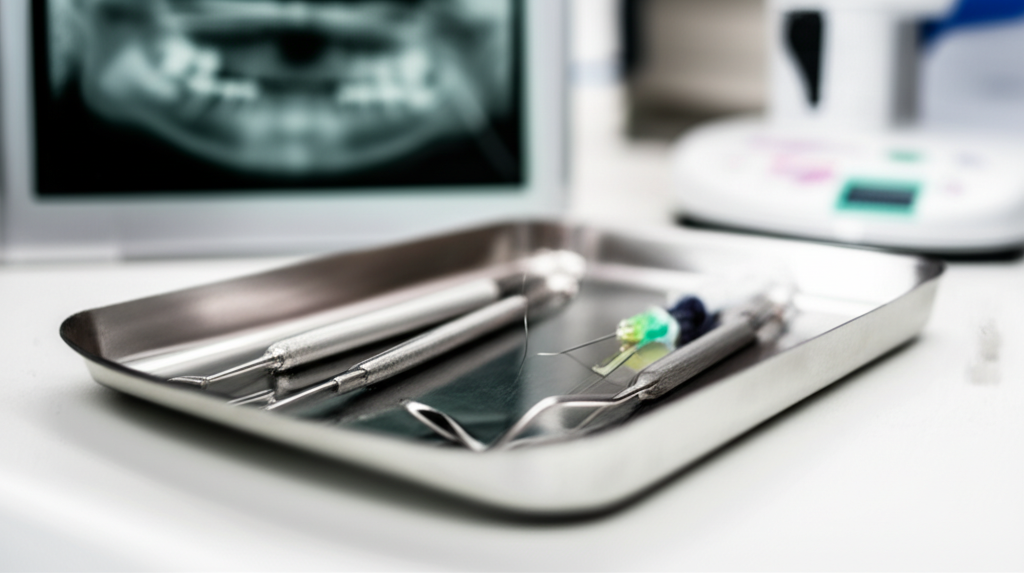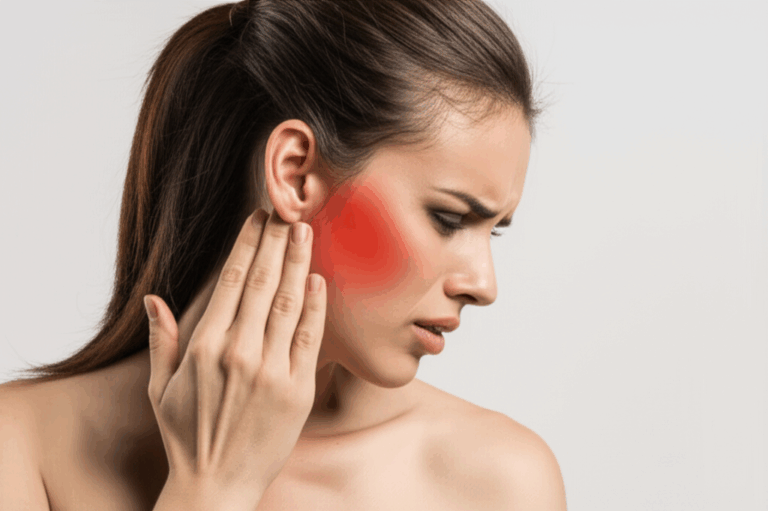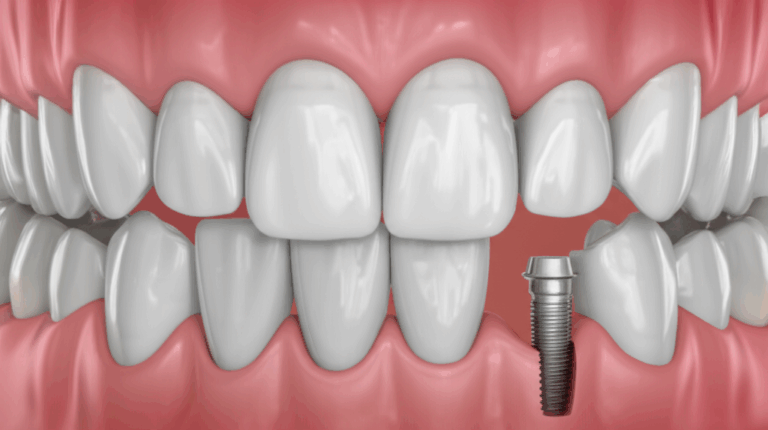
How to Treat Cat Dental Problems: A Complete Guide for Owners
That moment when your cat sniffs her bowl and walks away—or maybe she paws at her mouth or drools more than usual—can make you worry something is wrong. If you notice bad breath, changes in how your cat eats, or just small changes in her mood, you’re not alone. Dental problems are some of the most common health issues in cats, but they are also often missed. So what should you do if you think your cat has a sore tooth? How can you even tell? And most importantly, how can you help?
Let’s be honest: cats are really good at hiding pain. It’s just what they do. But as a caring cat owner, you can learn to spot the signs and protect your cat from pain—and from health problems that can get worse over time. Dental disease doesn’t just hurt—it can quietly harm your cat’s whole body.
Here’s the good news: with the right care, you can help your cat feel better and stay healthier for years to come. You’ll learn what to look for, what your vet will do, and what you can do at home. This is your easy-to-follow guide to understanding and handling cat dental problems—even if you’ve never brushed your cat’s teeth before.
Table of Contents
- Why Cat Dental Health Matters
- Signs Your Cat Has Dental Pain
- The Most Common Dental Problems in Cats (And What Causes Them)
- How Vets Treat Cat Dental Problems
- How to Take Care of Your Cat’s Teeth at Home
- When to Act Fast
- The Big Picture: Helping Your Cat Live Pain-Free
Why Cat Dental Health Matters
Let’s start simple: Why should you care about your cat’s teeth? Isn’t a bit of “fishy breath” normal?
The truth is, dental disease is the most common health problem for adult cats—70% to 80% show signs by the time they’re three years old. And it’s about more than just stinky breath. If you ignore it, dental disease can cause long-lasting pain, lost teeth, and even trouble for your cat’s heart, kidneys, and liver.
Imagine having a sore tooth every day and not being able to tell anyone. That’s what a lot of cats go through. But you can help change that with a few easy steps.
Signs Your Cat Has Dental Pain
Here’s where most cat owners struggle: How can you tell if your cat is hurting? Cats are good at looking fine, but they do give hints.
#### 8 Simple Signs of Cat Dental Problems
#### Why These Signs Are Hard to Notice
Cats still act tough and hide pain (it’s safer for wild animals that way). Instead of crying, they just lay low. That’s why regular checks—and listening to your gut when “something feels off”—really matter.
The Most Common Dental Problems in Cats (And What Causes Them)
Let’s look at the main reasons these problems pop up. Most dental troubles in cats come from a few main causes.
1. Gingivitis—The First Sign
What is it?
Sore and swollen gums. This is how dental disease usually starts.
Why does it happen?
Plaque (sticky stuff made by bacteria) coats the teeth. If it isn’t cleaned off, it turns hard (tartar) at the gumline and inflames the gums.
What you’ll see:
- Red, swollen gums
- Gums may bleed when eating or chewing
2. Periodontal Disease—The Sneaky One
What is it?
Infection affecting the gums and the bone that holds teeth in place. When plaque and tartar build up, bacteria start attacking below the gums. Gums pull away, bone gets damaged, and teeth loosen.
Why is it a problem?
It’s painful, can’t be fixed if it goes too far, and the bacteria can travel to organs and cause more problems.
3. Feline Odontoclastic Resorptive Lesions (FORLs)—Tooth Damage
What are FORLs?
About one in three cats get these deep holes in their teeth, often near the gums. We don’t know for sure why, but some cats are just unlucky and get them more.
What you’ll see:
- Trouble chewing
- Missing teeth
- Sometimes, you see nothing until a tooth breaks
4. Stomatitis—Really Sore Mouth
What is it?
A big reaction from the immune system: the whole mouth gets super sore and swollen.
Why does it happen?
We don’t know everything, but it might be the immune system overreacting to plaque or certain viruses.
5. Broken Teeth and Abscesses
Hard chews, accidents, or just bad luck can crack a tooth. Once the inside shows, germs get in, bringing pain and infection.
How Vets Treat Cat Dental Problems
You’ve spotted a problem—what’s next? Here’s what usually happens.
1. The Best Way: Exam Under Anesthesia
Don’t stress—anesthesia is safe these days. Your cat doesn’t hurt, and the vet can do a full cleaning and check all the teeth.
#### What Happens During a Vet Dental Cleaning?
- Check Each Tooth: The vet looks at every tooth, including under the gums (sort of like a dentist poking for cavities).
- Dental X-rays: These are key! Cats can have big issues hiding under the gums. Without X-rays, half the problems go unseen.
- Scaling & Polishing: Scrapes off tartar and plaque—on top and under the gums. Polishing helps keep plaque away for longer.
- Pulling Bad Teeth: If a tooth can’t be saved, taking it out stops pain and infection. The vet will use numbing medicine and pain relief.
- Specific Treatments:
- FORLs: Pulling the tooth is usually the only fix.
- Stomatitis: Often needs extra cleaning, pulling lots of teeth, and maybe special meds.
- Broken/Abscessed Teeth: Usually pulled out, sometimes root canal (at special clinics).
#### Will My Cat Hurt After?
Vets use pain meds and numbing shots. Most cats bounce back quickly and act happier once the sore tooth is gone.
#### Is It Risky?
With modern checks and careful medicine, it’s rare for a healthy cat to have a serious problem with anesthesia.
#### How Much Does a Vet Dental Cleaning Cost?
- Just Cleaning: $300–$700 (depends on where you live, the vet, how much work is needed)
- With Teeth Pulled: $700–$2,000+ (big extractions cost more)
Tip: Some pet insurance plans pay for dental care. Always ask for a price estimate.
#### What About “Anesthesia-Free” Cleanings?
They sound easy, but really, they only scrape the surface. They can’t clean under the gums or fix most real problems. They also can stress your cat out. Top dental groups say “don’t do it.”
How to Take Care of Your Cat’s Teeth at Home
The big question: Can you protect your cat’s teeth at home? Yes—if you stick with it and use what works.
Brushing Every Day—It’s Possible!
Just like us, the best way to stop dental disease is to brush off plaque before it turns hard.
#### How do you brush a cat’s teeth?
- Start Slow: First, just rub her mouth while petting. Then try your finger or a soft cloth on her gums. Later, try cat-safe toothpaste on a little brush.
- Use the Right Tools: Only use a cat toothbrush, not a human one. Use cat toothpaste (flavors like chicken or fish)—never use human paste! It’s not safe.
- Make it Fun: Lots of treats and love help!
#### How often?
Every day is best, but even a few times a week helps.
#### What if my cat fights it?
Some cats just won’t allow brushing. Thankfully, there are other ways to help.
Dental Food & Treats—Let Your Cat Help with Chewing
Look for the VOHC (Veterinary Oral Health Council) seal on products—these actually work.
- Dental Kibble: Bigger pieces, scratch the teeth as your cat chews.
- Dental Treats: Some have things that slow down plaque.
(These help, but they don’t take the place of brushing or cleanings.)
Water Additives and Oral Rinses
You can add some products to water bowls or rub onto gums. They’re not as good as brushing, but help if brushing just isn’t doable.
Yearly Vet Check-Ups
Even if your cat seems okay, a yearly dental check (more often if they’re older) can catch problems before they turn serious.
Other Home Tools
- Dental Wipes: Rub along teeth and gums. Better than nothing!
- Special Food: Your vet might suggest special dental diets if your cat has a history of dental issues.
When to Act Fast
Mouth pain is awful—and waiting can mean infection, lost teeth, or trouble for your cat’s organs.
Go to the vet as soon as you notice:
- Swelling around the mouth or jaw
- Bleeding that won’t stop
- Loose or falling out teeth
- Sudden drooling or no eating
- Severe pain (crying, hiding, pawing a lot)
Don’t wait—these are signs of serious infection or worse.
The Big Picture: Helping Your Cat Live Pain-Free
Here are the main steps you can take:
Catch dental problems early:
- Watch for changes like less eating, bad breath, or acting different.
- Check your cat’s mouth when you can, but go with your gut too.
Put vet care first:
- Have your cat’s teeth checked every year, or as your vet says.
- Don’t fear vet cleanings—anesthesia is safer now and the benefits last.
Do your part at home:
- Brush teeth every day if you can—or try dental foods, treats, or water products.
- Pick products with the VOHC seal when possible.
Act fast with urgent problems:
- Swelling, lots of drool, sudden tooth loss, or no eating needs a vet now.
Your effort shapes your cat’s life.
A little time now saves years of pain—and big, expensive problems later. Plus, your cat will feel better, play more, and maybe even snuggle up to you like old times.
FAQs: Cat Dental Problems
Q: Can I fix dental disease at home?
A: Brushing and dental products help slow plaque, but real dental disease always needs a vet—especially if teeth are loose, gums bleed, or your cat hurts.
Q: Can dental disease be cured?
A: Gingivitis can be reversed if caught early, but serious gum disease can only be managed. Early care and prevention are key.
Q: Why does a dental cleaning cost so much?
A: Dental work for cats takes anesthesia (for safety), X-rays, tools, and sometimes tooth pulling. Each step is important for safe, pain-free help and for stopping bigger issues later.
Q: Can mouth problems hurt my cat’s other organs?
A: Yes! Bacteria from the mouth can get to the heart, kidneys, and liver, especially if dental disease is bad and left alone.
Q: How can I get my cat used to brushing?
A: Start slow, give treats, and try different pastes and brushes. Some cats never like it, and that’s okay—try other options.
Want to Learn More?
Read more about dental diseases for cats and people, or see more about tooth health for your whole family.
Curious about new dental tools? See how a digital dental lab is changing care for animals and people. Or find out what a dental ceramics lab can do for better smiles.
What to Do Next
- If you spot warning signs—call your vet soon.
- Ask your vet about what your cat needs most and how to prevent trouble.
- Try out safe dental treats or gently start brushing—your cat will thank you someday.
- Remember, you’re not just stopping bad breath—you’re giving your cat more years and a happier life.
Healthy teeth mean a happier, healthier cat. Now you know what to look for, what to do, and what matters most. Here’s to more purrs, more cuddles, and no more dental pain.
Do you still have questions about your cat’s teeth? Your vet can always help—or check trusted sites to learn more. Your cat counts on you for good health, and a little effort can show you’re their hero, every single day.








